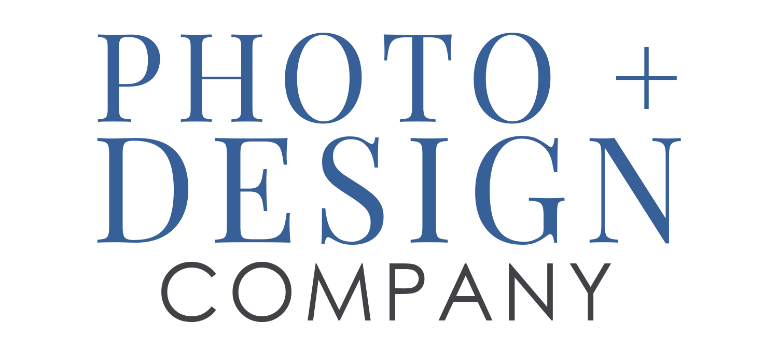The Math Behind Sustainable Pricing
Friday, March 14 | By: Bonnie Sorsby
Is Your Handmade Business Actually Profitable? The Math Behind Sustainable Pricing
Pricing is one of the biggest challenges for handmade business owners. Too often, makers set prices based on what feels fair or what they think customers will pay—without doing the actual math. The result? Businesses that work their owners to exhaustion without ever providing true financial stability.
If your goal is to build a sustainable business, your pricing needs to support you—not just cover costs. Let’s break down how to determine if your current pricing model is truly sustainable and what adjustments you might need to make.
The Biggest Pricing Mistakes Handmade Businesses Make
Many makers start pricing their products based on intuition or by looking at what others charge. While competitor research is useful, it’s not a substitute for running your own numbers. Some common pricing pitfalls include:
- Only covering material costs without factoring in time, labor, and overhead.
- Pricing based on emotions rather than data (e.g., “I wouldn’t pay more than this”).
- Underpricing to stay competitive instead of positioning as premium.
- Not accounting for hidden costs like packaging, transaction fees, and marketing.
- Forgetting profit margins and setting prices that only break even.
If any of these sound familiar, don’t worry—there’s a way to correct course.
How to Calculate Your True Product Cost
Before setting a price, you need to understand what each product actually costs to make. This goes beyond just materials and includes every expense tied to production.
Step 1: Calculate Direct Costs
Direct costs are the expenses directly tied to making a product. These include:
- Materials (fabric, flour, wax, oils, etc.)
- Packaging (boxes, labels, inserts)
- Production costs (tools, dyes, baking supplies)
Step 2: Account for Overhead
Overhead includes all the costs of running your business that aren’t tied to a specific product but still affect profitability:
- Rent, utilities, or workspace costs
- Website fees, software, or e-commerce platform costs
- Marketing, advertising, and photography
- Equipment maintenance and upgrades
To get an overhead cost per item, take your total monthly overhead and divide it by the average number of products you sell per month.
Step 3: Factor in Labor
Your time is valuable. Whether you’re making the product yourself or hiring help, labor costs should always be included in pricing.
- Decide on an hourly wage that fairly compensates you.
- Track how long it takes to make each product.
- Multiply your hourly wage by the time spent per product.
Keep in mind you'll also want to develop an understanding of how much time you can realistically commit and what your experience level may truly open up as far as potential for earning. Are you able to work 40-50 hours a week? Do you want to?
Step 4: Add Profit Margin
This is where many makers go wrong—profit isn’t what’s left over after expenses. It needs to be built into your price from the start.
A healthy profit margin for handmade products is often 30-50% or more, depending on the industry and market positioning. To calculate, use the formula:
(Cost of Goods Sold + Overhead + Labor) x Markup Percentage = Retail Price
For example, if your total cost per item is $15 and you want a 50% profit margin:
$15 x 2 = $30 (final retail price)
Pricing for Wholesale and Retail
If you ever plan to sell wholesale, you need to structure pricing accordingly. Wholesale buyers expect a 50% discount off retail prices, meaning your wholesale price must still be profitable on its own.
Formula for wholesale pricing:
(Direct Costs + Overhead + Labor) x 2 = Wholesale Price
Formula for retail pricing:
Wholesale Price x 2 (or more) = Retail Price
Using the earlier example:
- $15 total cost
- Wholesale price: $30
- Retail price: $60 (to allow for wholesale markup)
If your pricing doesn’t allow for this structure, you’ll struggle to scale when wholesale opportunities arise.
Adjusting Pricing to Increase Profitability
If you run the numbers and realize you’re underpricing, here are some ways to increase revenue without losing customers:
- Raise your prices gradually instead of making a drastic jump overnight.
- Offer bundles or higher-value packages to increase perceived value.
- Introduce tiered pricing (e.g., a basic, standard, and premium version of your product).
- Improve branding and storytelling to justify premium pricing.
- Educate customers on your process so they understand the craftsmanship behind your pricing.
Ultimately, Your Pricing Should Support Your Business & Your Life
Sustainable pricing isn’t just about making ends meet—it’s about ensuring that your business can thrive without exhausting you. If your prices don’t allow for profit, growth, and a paycheck for you, something needs to change.
Take the time to run the numbers and adjust where necessary. The best time to fix underpricing is now, before it becomes a long-term problem that’s harder to correct. And if you’re serious about sustainable pricing, stay tuned for more strategies on growing a profitable handmade business.
Looking for More Strategies on Sustainable Growth?
If you're working toward a handmade business model that supports your creativity and financial goals, check out this blog post: Sustainable Growth Strategies for Makers.






Leave a comment
0 Comments